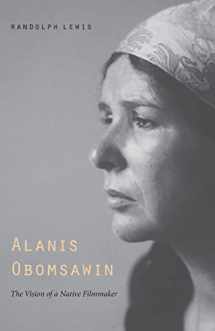
Alanis Obomsawin: The Vision of a Native Filmmaker (American Indian Lives)
Book details
Summary
Description
In more than twenty powerful films, Abenaki filmmaker Alanis Obomsawin has waged a brilliant battle against the ignorance and stereotypes that Native Americans have long endured in cinema and television. In this book, the first devoted to any Native filmmaker, Obomsawin receives her due as the central figure in the development of indigenous media in North America. Incorporating history, politics, and film theory into a compelling narrative, Randolph Lewis explores the life and work of a multifaceted woman whose career was flourishing long before Native films such as Smoke Signals reached the screen. He traces Obomsawin’s path from an impoverished Abenaki reserve in the 1930s to bohemian Montreal in the 1960s, where she first found fame as a traditional storyteller and singer. Lewis follows her career as a celebrated documentary filmmaker, citing her courage in covering, at great personal risk, the 1991 Oka Crisis between Mohawk warriors and Canadian soldiers. We see how, since the late 1960s, Obomsawin has transformed documentary film, reshaping it for the first time into a crucial forum for sharing indigenous perspectives. Through a careful examination of her work, Lewis proposes a new vision for indigenous media around the globe: a “cinema of sovereignty” based on what Obomsawin has accomplished.


We would LOVE it if you could help us and other readers by reviewing the book
Book review




